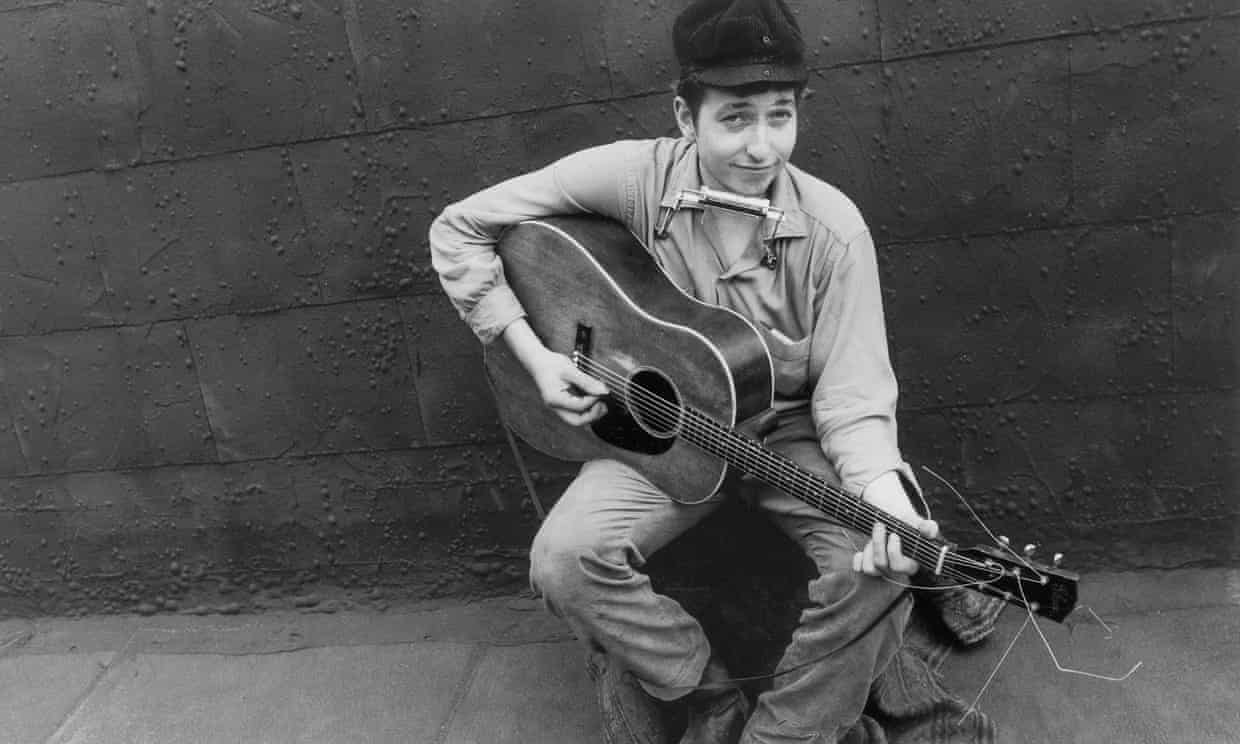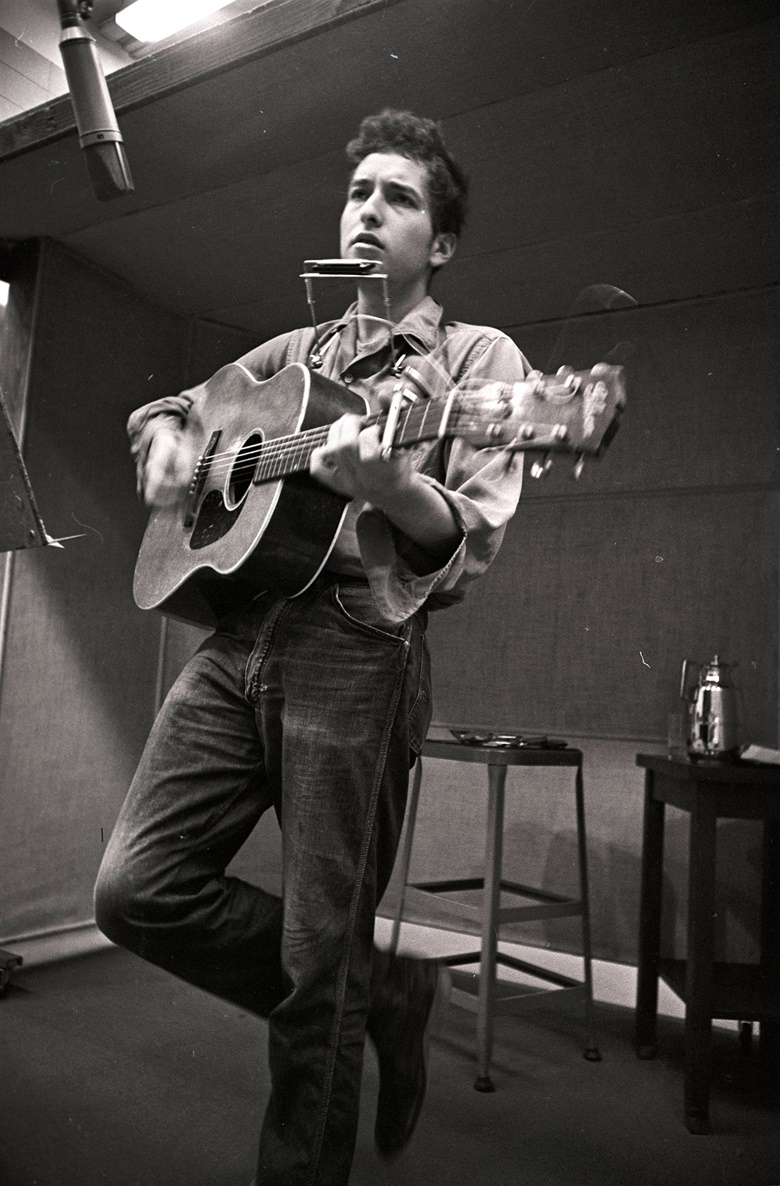"Blowin' in the Wind" is a song written by Bob Dylan in 1962. It was released as a single and included on his album The Freewheelin' Bob Dylan in 1963. It has been described as a protest song and poses a series of rhetorical questions about peace, war, and freedom. Six decades after Dylan wrote it, ‘Blowin’ in the Wind’ is making musical history once again.
Ionic Original combines the tonal depth for which analogue sound has always been renowned with the durability of a digital recording. Dylan and his long-time collaborator T Bone Burnett have used it to produce a single copy of the classic folk song.
For a song reportedly written in just 10 minutes, it has had remarkable longevity. Bob Dylan penned ‘Blowin’ in the Wind’ in double-quick time in a Greenwich Village café in 1962. In the decades since, it has come to be regarded as an out-and-out classic — and been covered by dozens of artists, from Stevie Wonder and Sam Cooke to Dolly Parton.
In the 1990s, the song was inducted into the Grammy Hall of Fame.
Dylan himself recorded it on 9 July 1962, for his second album, The Freewheelin’ Bob Dylan.
Almost exactly 60 years later, a special re-recorded version of the song is being offered in The Exceptional Sale at Christie’s in London on 7 July, as part of Classic Week.
In 2021, Dylan took to the studio for a special session with his friend and long-time collaborator T Bone Burnett, the multiple Grammy award-winning producer. The result was the first new studio recording of ‘Blowin’ in the Wind’ since 1962.
That wasn’t all, however: Burnett produced it using groundbreaking technology that he has newly patented. Known as Ionic Original, it is a high-fidelity analogue format in which a one-off aluminium disc is painted with lacquer and etched with the sound recording.
The Ionic Original disc of ‘Blowin’ in the Wind’ by Burnett’s company NeoFidelity, Inc. — presented in a custom-made walnut and white oak cabinet —is unique. It is the only copy of the new recording. . .Dylan fans, audiophiles, musicologists and others have recently had the chance to experience the technology and hear the Ionic Original version of ‘Blowin’ in the Wind’ at exclusive listening sessions in Los Angeles and New York. The same experience will be offered at Christie’s in London, from 2 July, in the run-up to the auction.
Bob Dylan was still an aspiring folk singer, aged just 20, when he wrote ‘Blowin’ in the Wind’. He debuted it at Gerde’s Folk City, a music venue in Greenwich Village, that same evening.

>Its melody was adapted from a 19th-century African-American spiritual called ‘No More Auction Block for Me’. Its lyrics consist of a series of questions — ‘How many roads must a man walk down, before you call him a man?’ and ‘How many times must the cannonballs fly, before they’re forever banned?’ — followed by the repeated response that the answer is blowing in the wind.
The song soon became an anthem for the US Civil Rights movement in the 1960s and has been sung by myriad members of other social movements since. The serial questions in Dylan’s lyrics have widely been understood as anti-establishment in nature.
However, part of the song’s success may be down to the multiple interpretations it leaves open. . .
The 2021 recording was made in Los Angeles and Nashville, with Dylan joined by Greg Leisz on mandolin, Stuart Duncan on violin, Dennis Crouch on bass, Don Was on bass, and Burnett himself on electric guitar. It was recorded by Michael Piersante and Rachael Moore and mixed by Michael Piersante."
=================================
Top stories
The Nobel Award Ceremony Speech
Dec 12, 2016 Here is the Presentation Speech by Professor Horace Engdahl, Member of the Swedish Academy, Member of the Nobel Committee for Literature, 10 December 2016.
Here is the Presentation Speech by Professor Horace Engdahl, Member of the Swedish Academy, Member of the Nobel Committee for Literature, 10 December 2016.
27 May 2022





No comments:
Post a Comment